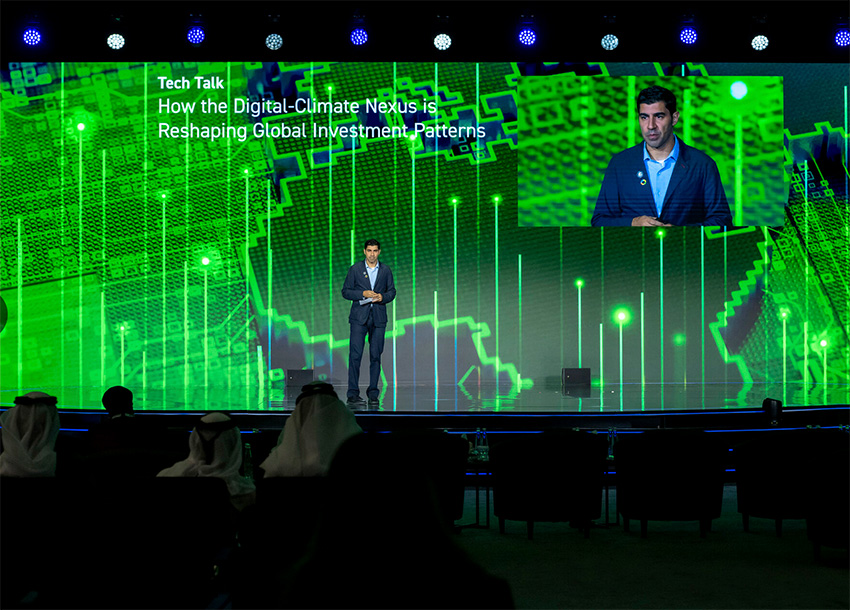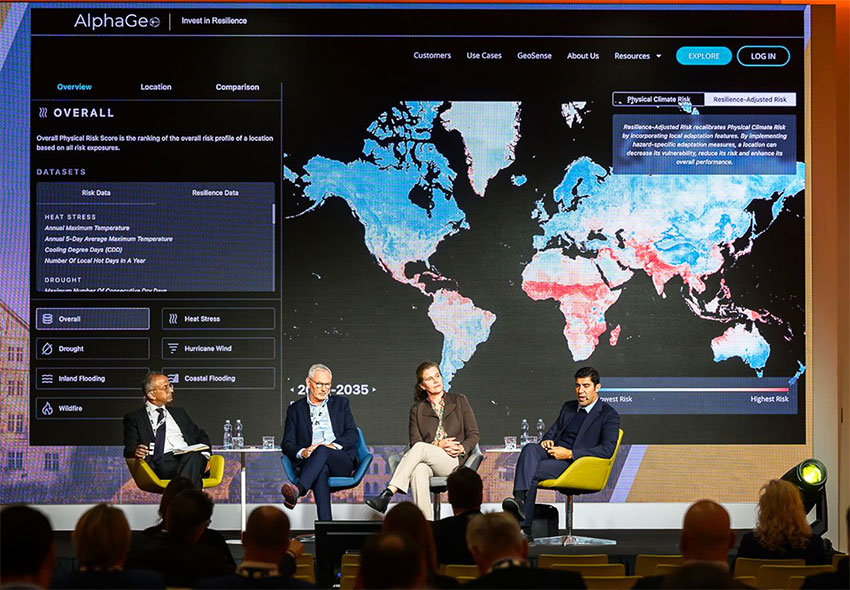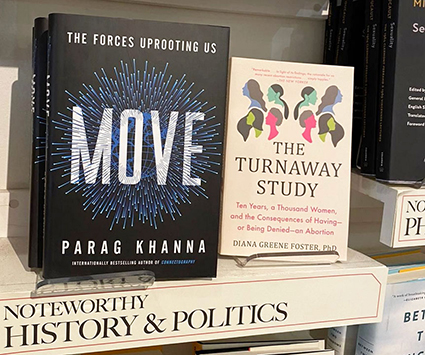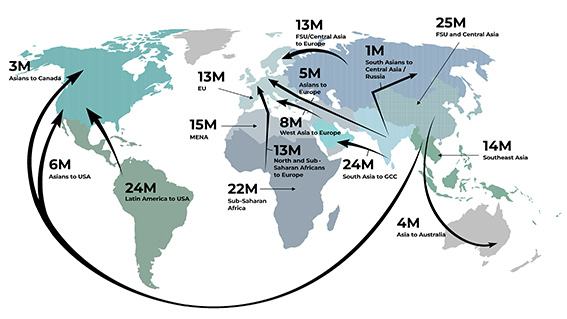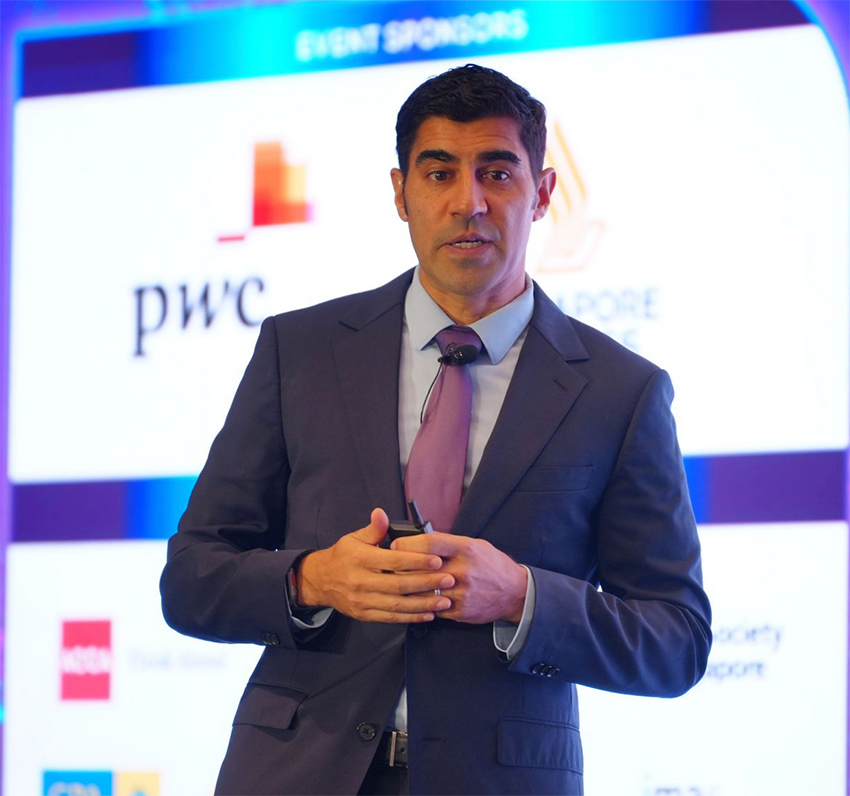As populations age and labour shortages grow, nations must rethink their approach to eldercare, immigration and infrastructure. In this conversation, global strategy advisor and bestselling author
Dr. Parag Khanna shares his insights on what defines a ‘civilized’ society in an ageing world, how countries are competing to attract retirees and skilled migrants, and which regions are emerging as climate-resilient longevity hubs.
We explore the demographic forces reshaping economies, the policies that will determine future prosperity, and the strategic shifts required to navigate an era of unprecedented population movement.
